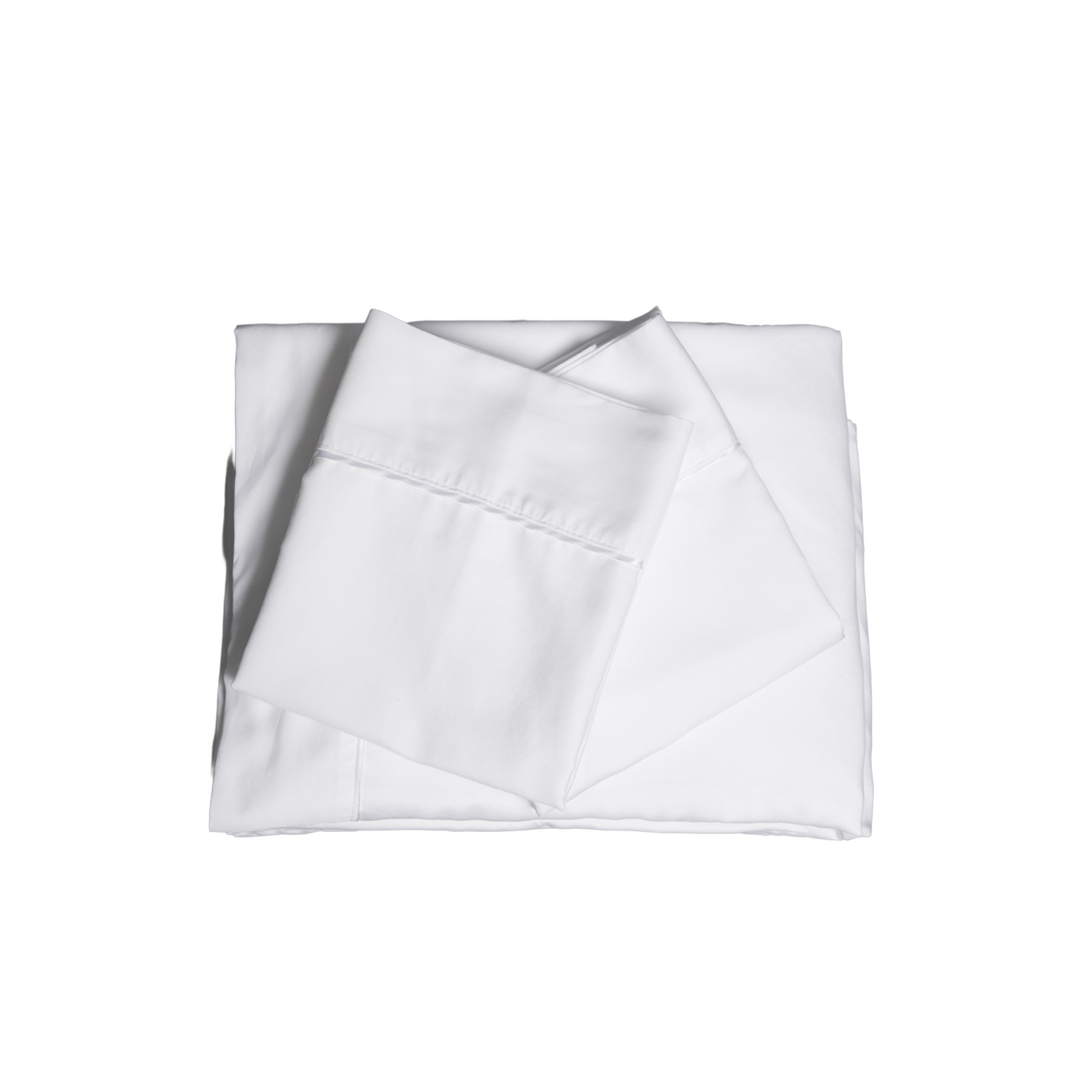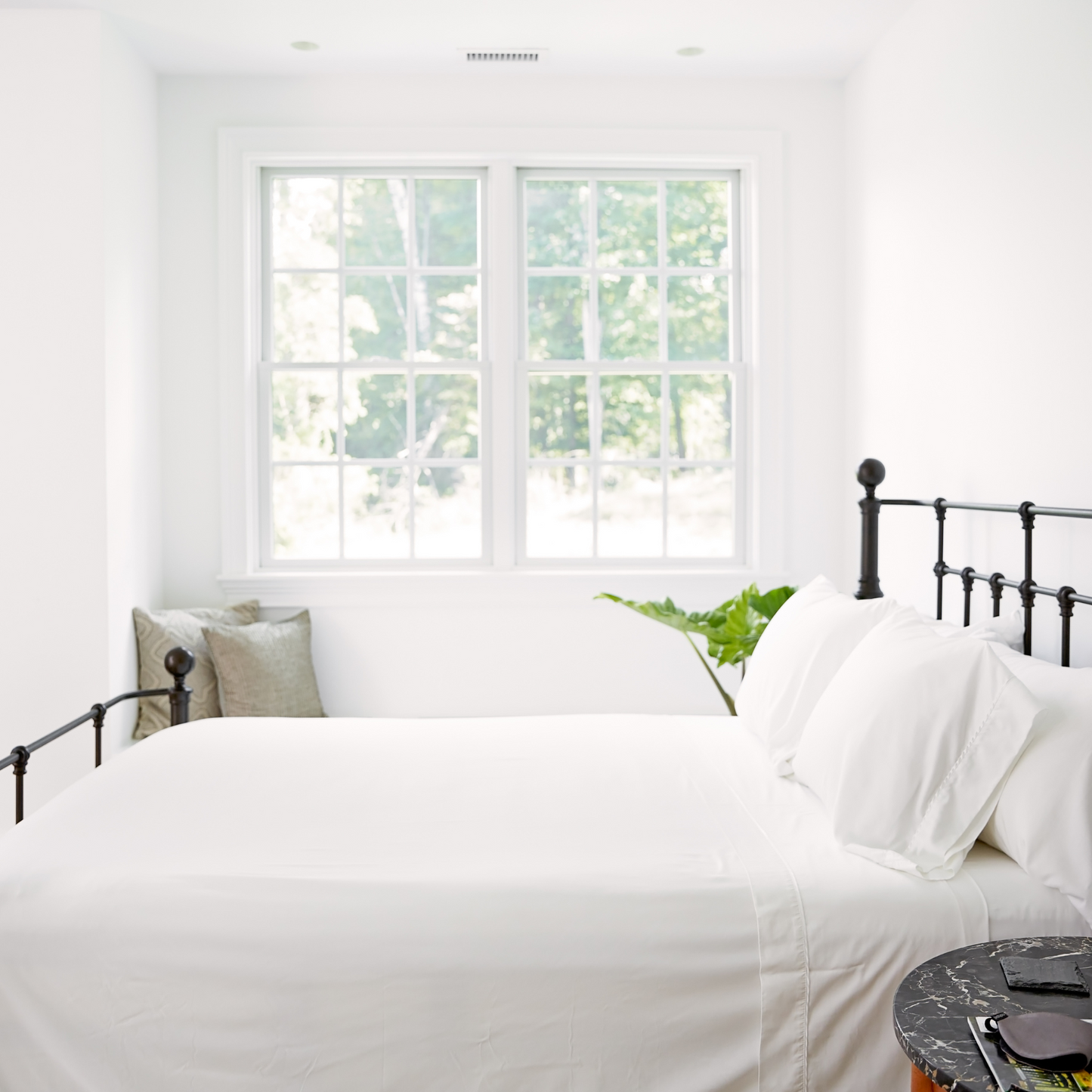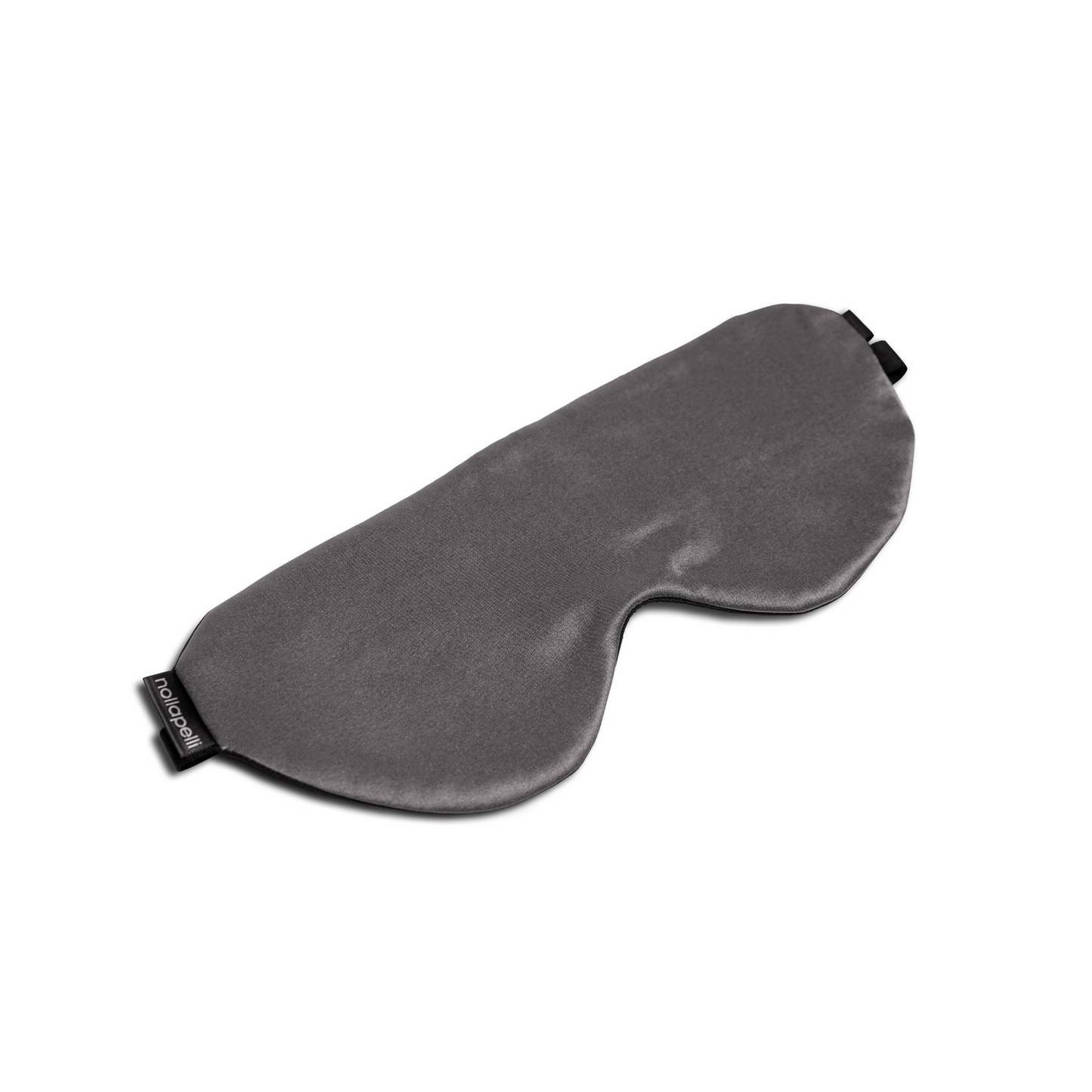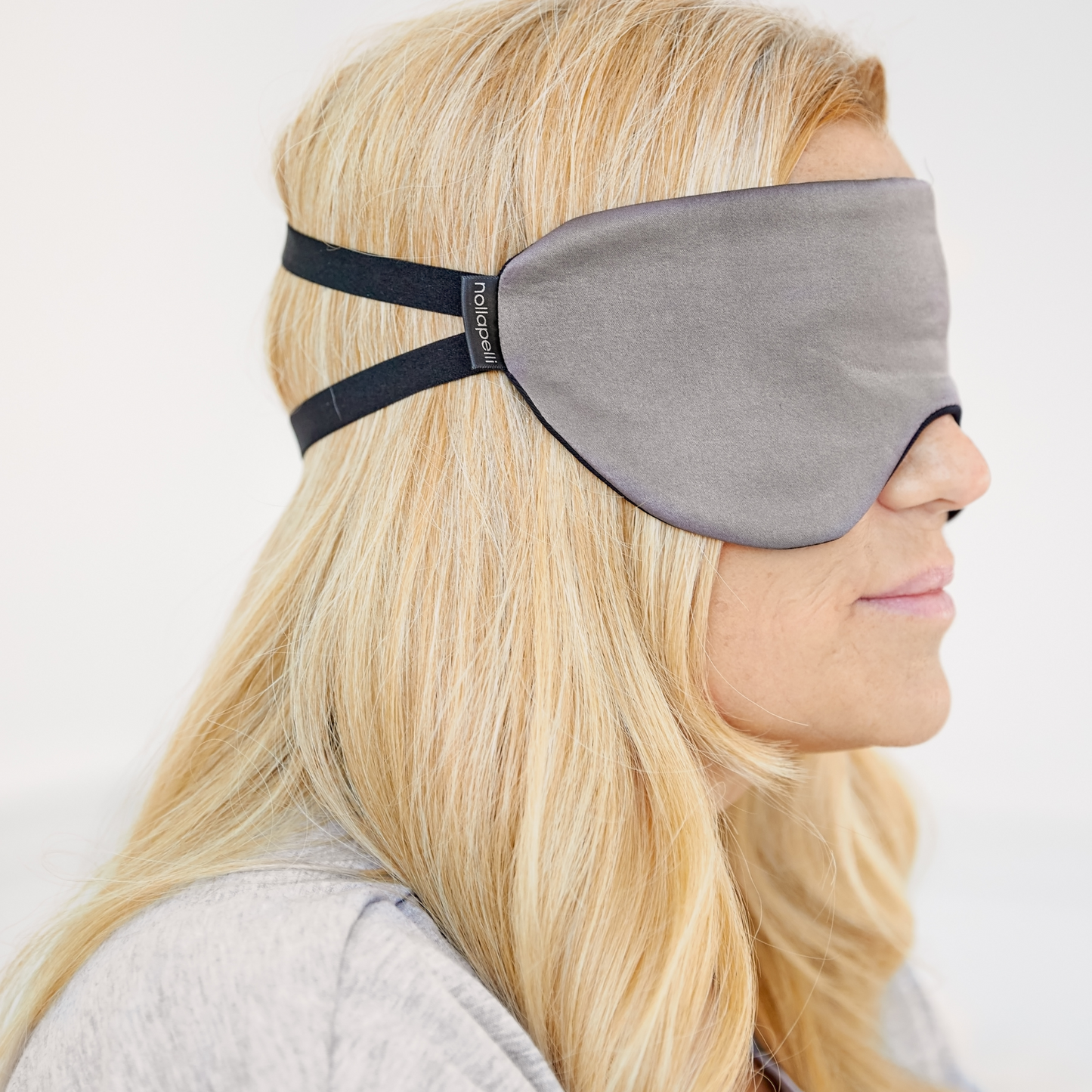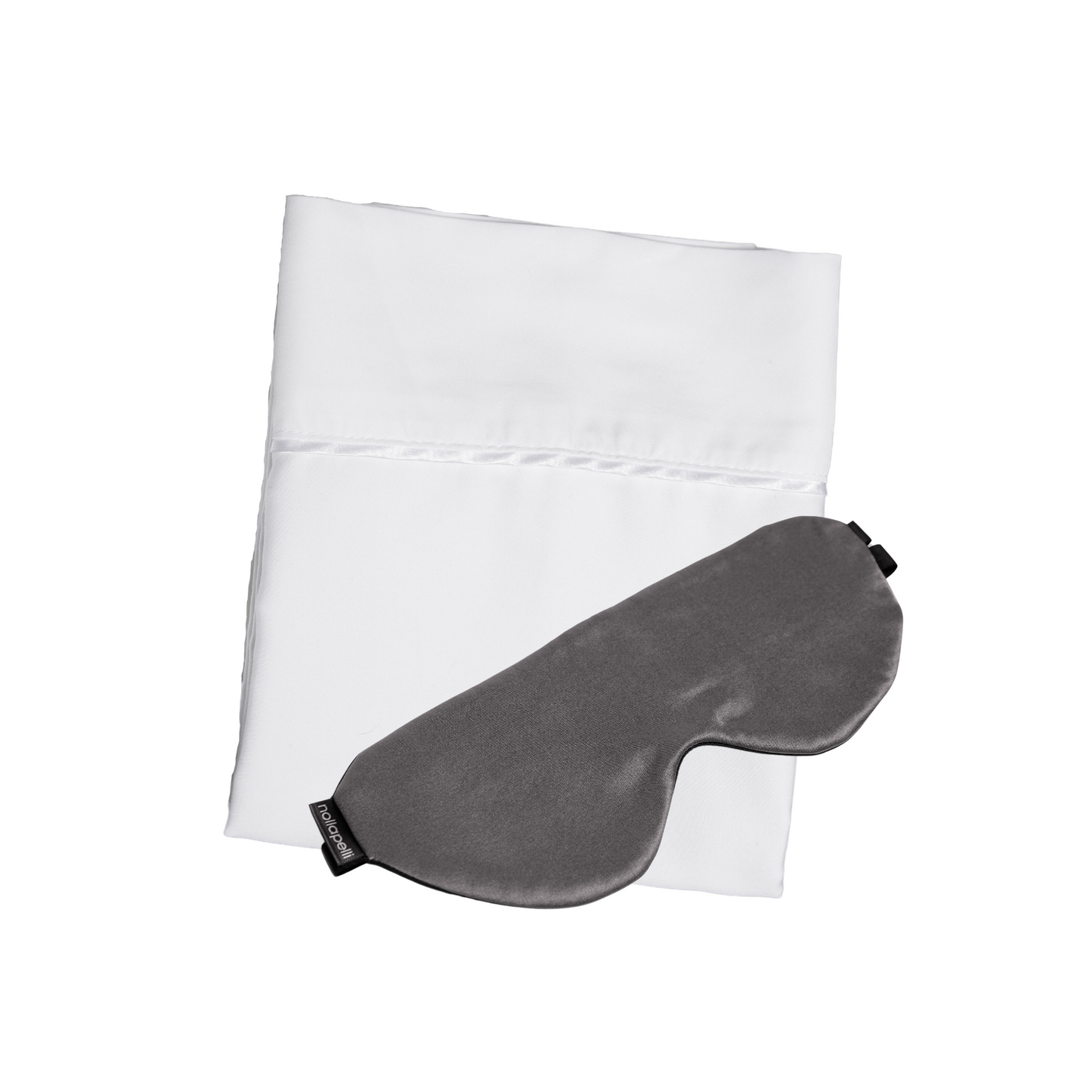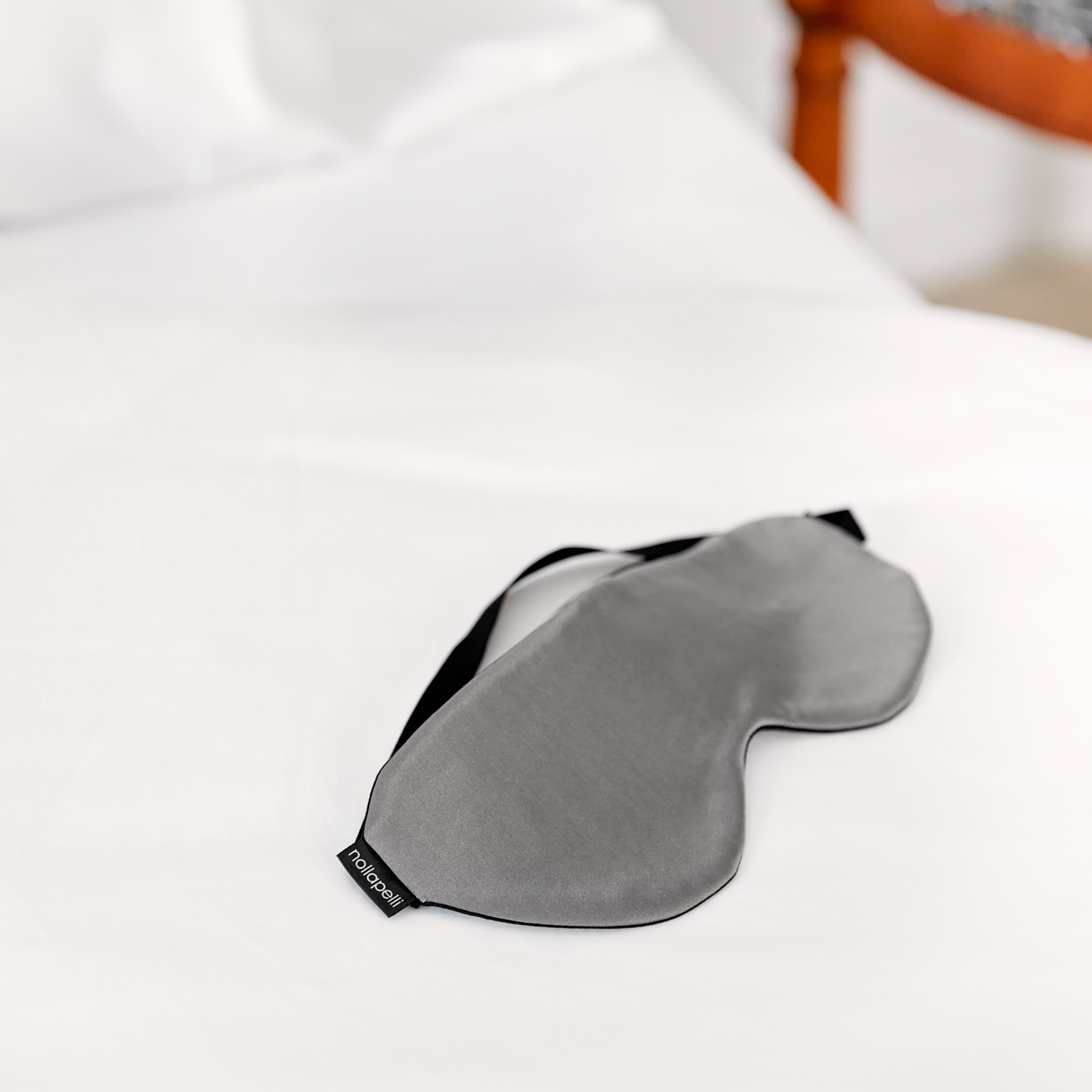Your skin is your largest organ, covering your entire body and making up 16 percent of your weight. There’s nothing else that compares to your skin, and there’s nothing that should be protected more (at all times). When you think of skin protection, sunscreen probably comes to mind first because for one, it’s summer and secondly, everyone knows that sunscreen prevents sunburns and long-term damage including skin cancer.
But what about textiles? Can textiles help to prevent skin diseases? The short answer: Yes. Textiles, specifically clothing, have been proven to prevent skin disease and damage, which can lead to skin diseases. In terms of other skin aliments, clothing has shown to be a protective barrier from the spread of disease, i.e. the reason medical professionals wear scrubs and other protective personal gear. What you sleep in every night can also have a big impact on your skin health, which is why at Nollapelli we are so obsessed with the science behind creating the perfect fabric blend for sheets that will protect your hair and skin while you sleep.
As for preventing skin disease, anything that comes in contact with your skin has to treat your skin right. It has to agree with your skin, or else it can cause irritation and illness. Looking for textiles that work with your skin’s physiology is the best way to protect your skin’s health.
Textiles and Sun Protection
Clothing is your first line of defense when it comes to sun protection. The Skin Cancer Foundation lists five factors that will aid in prevention of dangerous sunburns. The first one has to do with the tightness of the weave or the knit. The tighter the weave or knit, the smaller the holes between the fibers, which means that more ultraviolet rays are kept off the skin. An example of a tightly woven clothing textile is denim, and a loosely woven fabric is lace.
Second, consider the type of fiber when choosing a textile to protect your skin. The ranking is as follows:
- Synthetic and semi-synthetic offer the greatest sun protection
- Glossy fabrics, i.e. satin, offer some protection because they reflect the ultraviolet rays away from the skin
- Refined and bleached cottons offer the least sun protection
Third, consider the thickness and density of the textile. It follows common sense: “Thin, lightweight materials let in more UV light than do heavier, denser fabrics such as corduroy.” The fourth factor to consider is the color. In fact, dark or bright colors absorb more UV rays than lighter colors. When your clothing absorbs them, the rays are stopped before they reach the skin to cause damage.
Finally, look for an ultraviolet protection factor label on your garments. This label will help you identify how protected you’ll be by your clothing alone.
Bacteria and Skin
What do bacteria like? Warm, wet surfaces. If your clothing, bedding, or any textile that comes in contact with your skin gets wet and stays wet and warm, then it becomes the perfect surface for bacteria growth. You lose the most moisture while you sweat and while you sleep. Therefore, when your exercise gear and bed sheets manage moisture loss, they are protecting your skin.
Thankfully, the exercise industry has mastered sweat-wicking and understands the impact of cotton’s water retention on bacteria growth. In fact, “much of today’s exercise-wear has dry-wicking technology, which helps cut down on moisture and bacteria.” Now is the time for the bedding industry, through Nollapelli, to come up to speed.
Textiles have been proven to prevent diseases in hospitals for years. Known as personal protective equipment, medical professionals use specialized clothing and equipment to prevent contact with hazardous substances. These textiles are an “integral part of infection control and prevention measures that protect workers from exposure to blood, body fluids, and other potentially infectious materials.” Hospitals are a prime example of textiles preventing skin diseases because textiles act as protective physical barriers to the spread of disease.
A study completed in a Connecticut hospital shows the barrier function of clothing. Workers entering the rooms of patients with MRSA ended up with the bacteria present on their clothing 70 percent of the time, even if the worker never touched the patient. In the general community, MRSA most often causes skin infections. The hospital worker’s clothing is defending their skin health by preventing the bacteria from contacting their skin.
Avoiding the Wrong Textiles and Finding the Right Ones
While we’re focusing on textiles protecting the skin from skin diseases, it’s also important to note that certain fabrics are more likely to irritate the skin. When your skin rubs against textiles it causes friction, with potential consequences including rashes, dry skin, and in more extreme cases, ulcers.
Textiles should work with your skin and help protect it from harm, not promote harmful conditions.
The best textiles for your skin are the ones that don’t trap moisture. Sweat-wicking fabrics, like those in your workout gear, have the ability to disperse moisture. Wicking technology applied to bedding is one of the goals of Nollapelli fabrics. Using state of the art fibers and novel construction methods, Nollapelli fabrics provide the ultimate in bedding comfort while maintaining optimal moisture, temperature and friction conditions for healthy skin.

